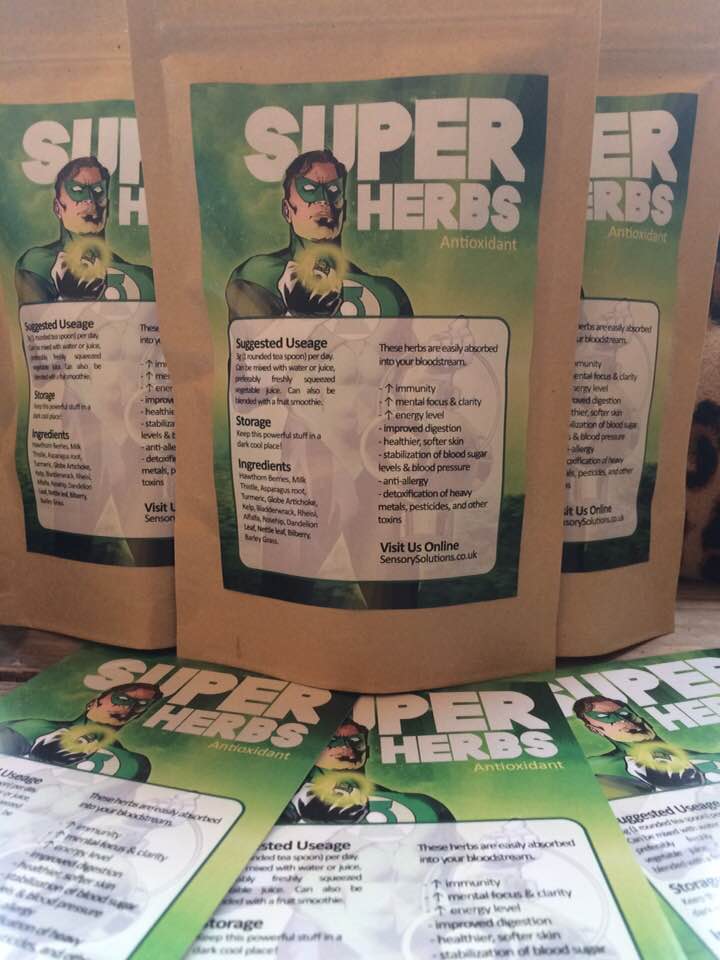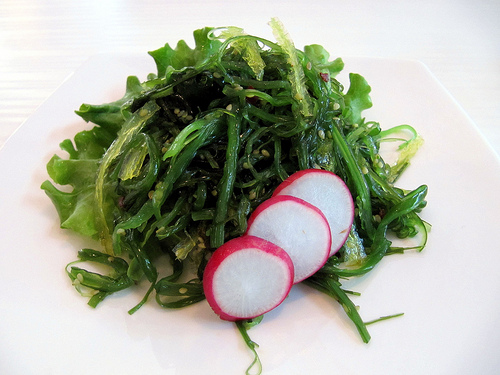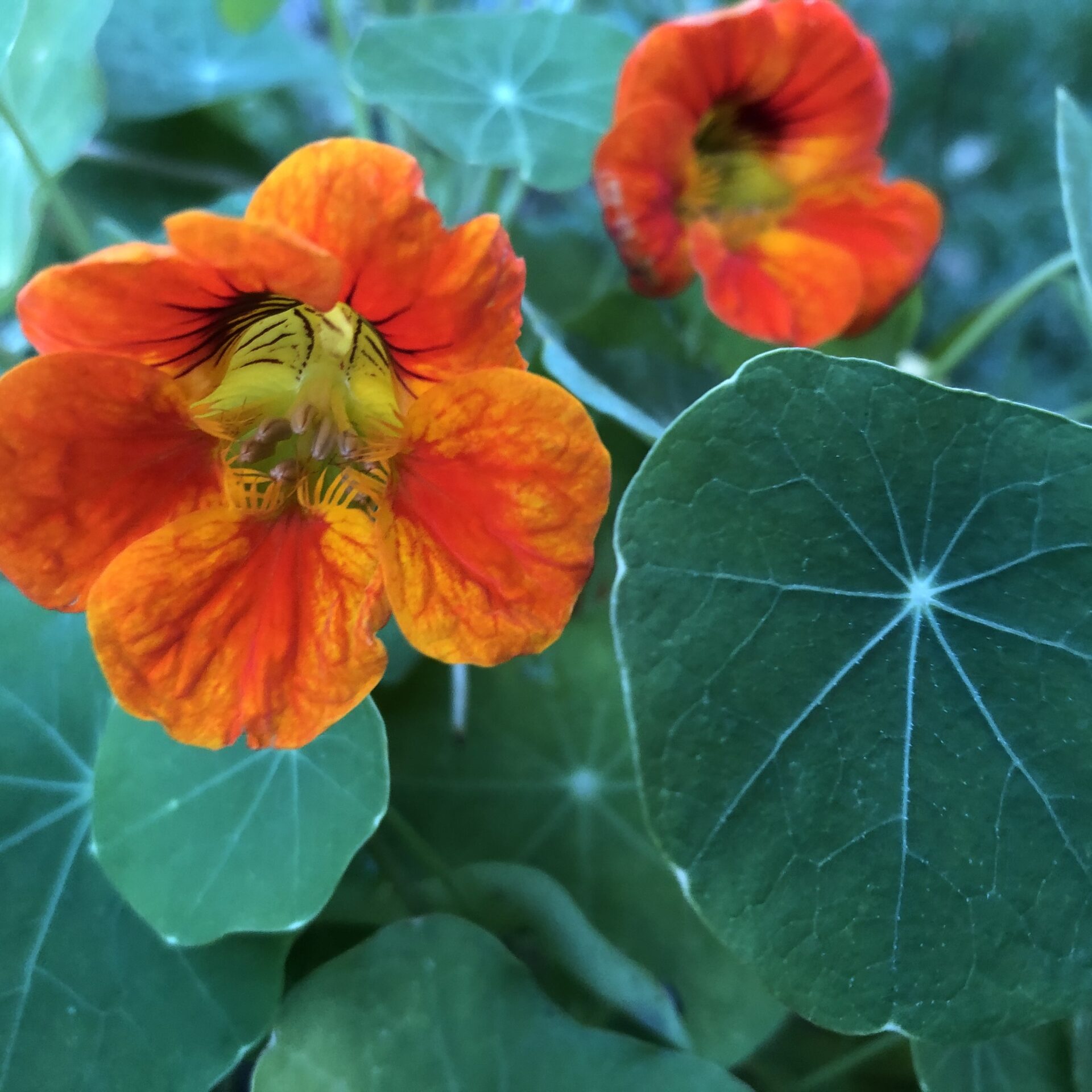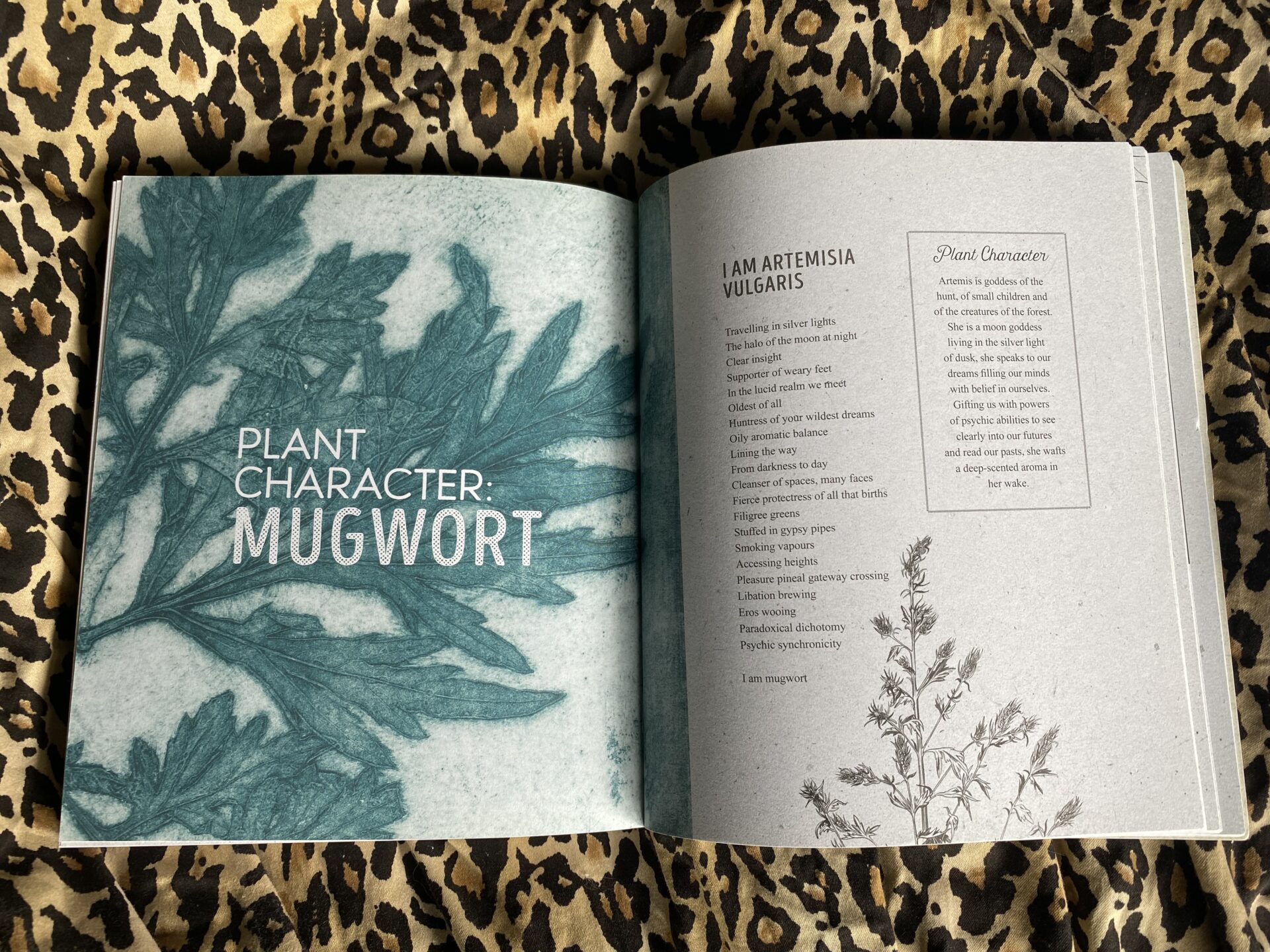Introduction
Today, most of us create a very acidic environment for our bodies by leading the
lifestyle we do. Too much to do in combination with foods that increase the metabolic acid load in the body creates a breeding ground for inflammatory diseases and bone density loss, two very real consequences of a high metabolic acid load.
Acidosis, where the arterial PH falls below 7.35, is the most dangerous case of
acidification of the body as this affects the PH of the blood plasma.
In this article, I will look at the different ways a high metabolic acid load affects our health and how we can use an alkaline diet and alkaline herbs to help counteract this.
Acid or Alkaline
We need about twenty amino acids, dozens of sugars and fatty acids, roughly forty vitamins and over one hundred minerals and trace elements to function optimally and all of these components can be divided into either acid or alkaline. What we mean by a food being acidic is that acids are released in the body during the digestive process.
It is possible to divide foods into acid or alkaline forming by looking at their mineral content. A few examples of acidic and alkaline minerals are:
Acidic: sulfur, iodine, phosphorus, fluoride, chlorine, silicon
Alkaline: sodium, magnesium, calcium, copper, cobalt.
Research shows that the body thrives on a slightly alkaline diet1, so what does it mean for us when most of us feed ourselves mostly acidic foods1
Acidity puts pressure on the liver, kidneys, pancreas and other organs as well as creates oxidative stress which can damage cells and sometimes even lead to cancer2. The eliminative channels (kidneys, lungs, respiratory system and skin) can only take so much, but after years of an overly acidic diet this will begin to have an impact on our blood. To understand how this works, we need to look at the bodys PH regulating system.
PH
The body always wishes to be in balance and in a neutral PH of about 7 (actually 7.36-7.42, which is slightly alkaline). The highest state of alkalinity on the PH scale is 14, where no more hydrogen ions are freed.
The PH scale works logarithmically, meaning that the values separating each number is not of equal value but multiples of 10 at each unit in either direction
from the mid-point of 7. This means that the closer you are to 7 on the scale the less a shift in either direction really means. The further you go in either direction,
the more extreme of a difference each incremental point is.
Diet
There are many foods that can increase the metabolic acid load of the body. An oversimplified rule of thumb is that starches and proteins increase acid while fruits and vegetables are alkalising – this is not altogether true as some fruits and vegetables (tomato being one) are acidic, but it is an easy way of thinking about it.
Coffee, alcohol and smoking are all very acidic.
Animal products such as meat, eggs and dairy especially increase the acid load for the body. The connection between a higher metabolic acid load and animal products was established as early as in 19203 and is a known fact today4. Animal protein contains more sulphur-containing amino acids which, when digested,produce the acid-forming sulphate ion which must be excreted by the kidneys (which is partially why a diet high in animal protein is stressful for the kidneys).
Gluten is also particularly acidic for the body, which is why a gluten or low-refi ned starch diet is often prescribed to those suffering from GERD5. In order to regulate the PH of the body so that it can operate most efficiently, our human bodies draw on mineral reserves to achieve balance.
The PH of the blood particularly must remain very stable or you will find yourself in the potentially life threatening situation of acidosis6. Because of this the body will go through extraordinary lengths to maintain the pH of the blood, sometimes at the expense of other organs and systems.
One easily accessible and very alkaline mineral is calcium. When the metabolic acid load is increased, the body draws calcium from the bones which is a very effective alkaline mineral for PH balancing. This is how, over time, a high metabolic acid load can lead to issues such as bone loss and osteoporosis. In the West we are often taught to drink milk for our bones, but although dairy milk may be calcium rich it increases the acid load of the body7 and can contribute to bone loss.
In addition to this, a higher metabolic acid load has also been shown numerous times to promote excretion of calcium in the urine by as much as 800% 8 9 10 and this means double trouble for the internal PH.
Therapeutic use of Alkaline Minerals
If your body is harbouring too much acid and has dropped below an optimum PH level you will need to take a high dose of alkaline in order to “buffer” acids stored in body tissues. Remember, as the body always wishes to remain in a near-neutral PH state, the high alkaline intake will force the body to excrete stored acids from body tissues to restore balance in the internal PH – we are essentially doing the opposite of what the Standard American Diet is doing every day.
If the diet and lifestyle has been particularly acidifying for some time there are a lot of acids stored in the body and simply switching to fresh fruits and vegetables for some time may not be enough to draw the acids out. This is where sea vegetables and powerful alkaline herbs come in handy as these can help bring the PH up.
The most alkaline forming foods are: chlorella, spirulina, coconut water, wheatgrass, dulce and other sea vegetables, alkaline herbs (see below) lemons, limes, pineapple, sweet potato, yams, and tangerines. Common cooking herbs such as coriander, parsley and mint are also supremely alkaline – and delicious.
I try to add sea vegetables to my good as often as I can as these are rich in alkaline minerals. Sea vegetable sprinkles are lovely and salty and can be used as a salt substitute in most dishes, while other sea vegetables such as kelp and nori can be used in cooking.
Irish sea moss is a particularly alkalising sea herb that can be had as a warm drink with mylk and cinnamon. Bladderwrack is another sea herb that is a natural diuretic and helps alkalise the body.
Then there is Iceland Moss, a herb found in the moist tundra of the northern hemisphere. It is a herb which is both anti-infl ammatory and toning for the gut in addition to being alkalising and has been used as cancer treatment in European folk medicine11.
Dandelion greens, a common weed found in most gardens, is a highly alkalising herb that can be used as a herbal tea, a tincture or simply added into salads and soups.
Dandelion roots can also be used as a herbal tea – it actually tasted a lot like coffee! So if you’re looking for an alkaline replacement for your morning coffee this alkalising herb is worth exploring.
Burdock root contains traces of more than 102 minerals and acts like a “magnet” for other minerals and is wonderful on combination with iron rich herbs to combat fatigue and anaemia.
I am sure I have missed some – there is a wonderful world of herbal support out there and the Seed Sistas are incredibly knowledgable in matters like these.
The most effective way to draw on stored acids and begin from a clean slate is by going through an alkaline cleanse where one increases the alkaline mineral intake to near 100% of the diet which forces the body to draw on stored acids. This can be monitored by doing litmus tests regularly thought the day and trying to bring the PH up to 7.5 or 8 for a couple of days. Note that performing an alkaline cleanse is best done with the support of a practitioner.
Lise Aanes is educated at the School of Natural Medicine UK and believes that an alkaline diet is a cornerstone for good health. She is available for private consultations is qualifi ed to guide you through an alkaline cleanse, other cleanses
or a fast.
You may contact her on [email protected]
1 https://www.ncbi.nlm.nih.gov/pmc/articles/PMC3195546/
2 https://www.ncbi.nlm.nih.gov/pmc/articles/PMC2990475/
3 http://www.jbc.org/content/44/1/21.full.pdf
4 http://link.springer.com/chapter/10.1007%2F978-1-4613-9934-6_4
5 https://www.glutenfreesociety.org/gluten-sensitivity-induces-acid-refl ux/
6 https://en.wikipedia.org/wiki/Acidosis
7 http://onlinelibrary.wiley.com/doi/10.1111/j.1532-5415.1982.tb05675.x/abstract
8 http://ajcn.nutrition.org/content/27/6/584.abstract
9 https://www.ncbi.nlm.nih.gov/pubmed/7205408
10 http://jn.nutrition.org/content/120/1/134.extract
11 https://www.herbal-supplement-resource.com/herbs-cancer-treatment.html
Super Greens Juice & Smoothie Blend
This powdered blend of herbs can be added to smoothies, or just a little hot water and drunk down daily for a super mineral herbal boost. In herbal therapeutics we think about supporting all of the body’s systems to bring balance and harmony to any blend.We’ve used herbs that have been shown to support the immune system such as Reishi, Rosehip and Turmeric. Herbs to support the liver like Milk Thistle, Globe Artichoke, and nutritional power houses like Kelp, Bilberry, Nettle and Barley Grass.

£15 + £5 P&P





